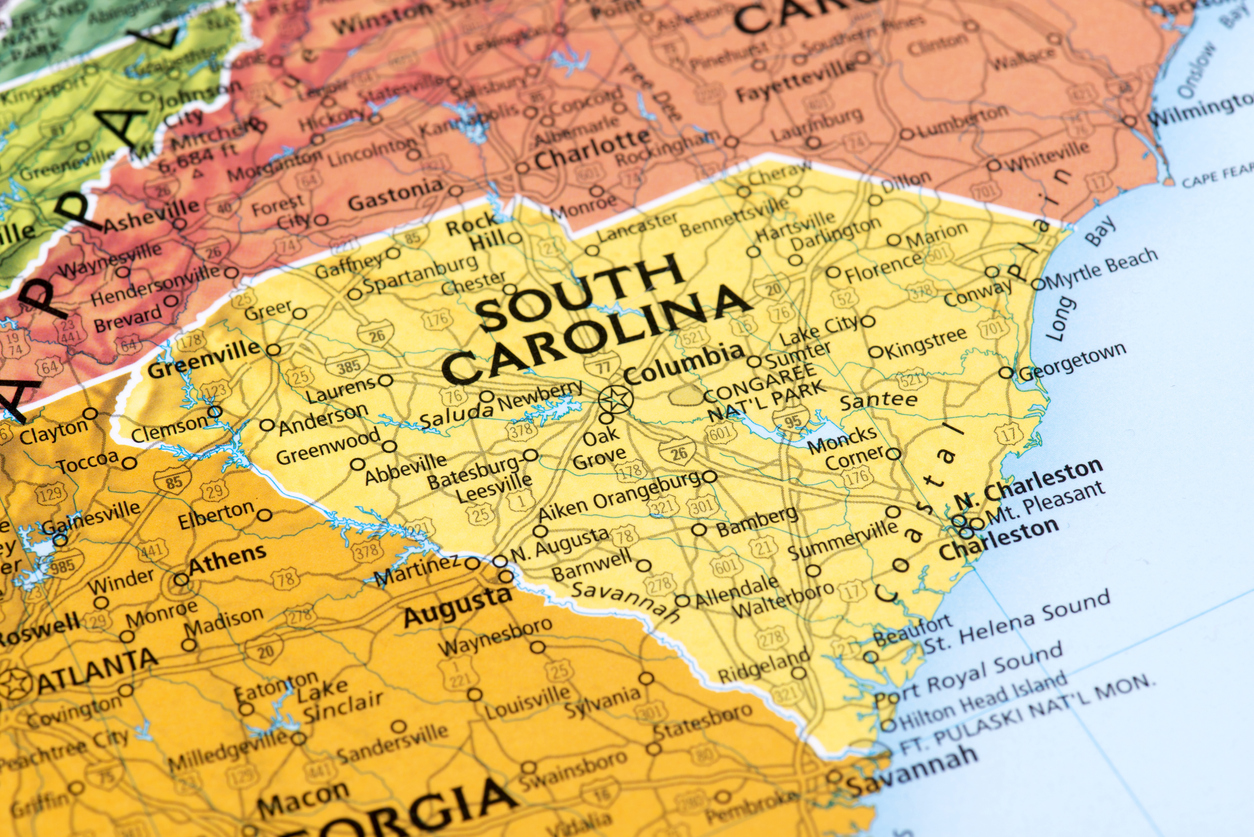
In addition to the beautiful beaches, one of the things for which Myrtle Beach, South Carolina, is well-known is its golf courses. Because there is a year-round temperate climate, and Myrtle Beach has courses designed by world-famous architects, including Arnold Palmer, Jack Nicklaus, Robert Trent Jones, and Greg Norman, it is many golfers’ favorite golf destination. North Carolina is also known for many championship golf courses, several of which were designed by well-known golf course architect Donald Ross.
Hurricane Florence’s relentless rains have flooded both North Carolina and South Carolina. It may be too early to tell, but golf course damage in these two states could be extensive and long-lasting.
I came across a recent article by the United States Golf Association (USGA) discussing the impact of flooding on golf courses. It stated, in part:
When submersed for long periods, grass is deprived of oxygen and begins to die. Further, damage can be magnified if floodwaters contain salt water or contaminate irrigation ponds. In severe situations, removing the soil and reestablishing turf may be required to remedy flood-affected areas. Materials to alleviate sodium and chloride damage may also be required. Beyond the damage caused by floodwater, deposits of silt, rock and debris can prevent routine maintenance and take weeks or even months to clear.
Flooding can also damage golf course structures and other features. Floodwaters can wash away bridges and damage the floors and walls of buildings. Bunkers are especially susceptible to erosion, collapsed faces and sand contamination when floods occur. Repairs may require days, weeks or even months to complete and can cost thousands of dollars per bunker. Even if bunkers are lined, have drainage systems and are shaped to divert water away from the sand, they may still experience severe damage during flooding. It is worth considering the removal or renovation of problematic bunkers, especially in the aftermath of a flood, to reduce future maintenance and repair costs.
Water flow into bunkers can cause structural damage that requires costly repairs.
If flooding causes power outages or irrigation system damage, the capability to deliver water will be diminished. Even after heavy rainfall or flooding, most putting greens will quickly dry out without supplemental irrigation. Drought-stressed putting greens should not be mowed or played if the irrigation system has been rendered inoperable by flooding. Holding off from mowing will reduce stress and moisture loss from putting greens, improving recovery once floodwaters subside.
With Hurricane Florence’s heavy rainfall amounts, North Carolina and South Carolina property owners, their maintenance staff, and adjusters handling any insurance claims will need to mindful of steps taken to mitigate damages after the storm and how that may ultimately affect the repair process to golf courses.



